Growing Talent to Strength: Featuring StrengthsFinder 'Restorative'
"This needs to be fixed."
Those with Restorative in their StrengthsFinder profiles enjoy problem-solving. When approaching any situation, simply thinking about what's wrong energizes those with Restorative and empowers them to think about solutions to move forward. The genius of Restorative talents is in the ability to see problems and obstacles as part of life. While others shy away from them, the solution-oriented minds of those with Restorative naturally gravitate toward these challenges.
People with the Restorative theme enjoy bringing things back to life. They enjoy fixing things. Many who have this talent are often regarded as helpful - they enjoy lending a hand when they see their friends facing difficulties. For those with Restorative, one of the key approaches to building relationships is in helping others fix their problems. However, in the infancy stage, people with Restorative can be prone to fixing the immediate problems without considering how others feel. This is especially so for those who have fewer dominant themes in the Relationship Building domain. Practicality takes priority.
In Strengths School™ Singapore, we aim to provide a range of resources to help those who desire to grow their talents. The writing team behind these StrengthsFinder web articles includes one who has the Restorative talent. She often uses her Restorative StrengthsFinder theme to spot mistakes in the articles and she enjoys fixing them. Such a talent really makes a difference!
How can a person with Restorative turn this talent into a Strength? Here are a few suggestions:
1. TEACH OTHERS TO FISH
One challenge faced by those with Restorative is that they often help others solve problems rather than teaching others how to solve the problems for themselves. People with Restorative often give advice about how things should be done, and how problems can be overcome. Restorative people are so good at what they do that others often get paralysed or projects break down when they are not around. As such, those with the Restorative talent theme commonly face the danger of developing a "savior mentality".
What could be more beneficial is to teach someone to fish rather than giving them the fish. It is important that people with Restorative do not feel pressured to rush in and give solutions, especially when they are taking a supervisory or leadership role. There is a need to intentionally help others identify issues that they are facing and have them take ownership of these issues. Giving others a framework for problem-solving is one way people can be taught to fish for themselves. Such a process of developing others might not be the most efficient in the immediate term, but bears long-term growth and results.
2. STAYING HUMBLE
Spotting problems is what people with Restorative do best. They have the innate ability to spot problems and fix them before they escalate further. People with Restorative tend to be practical and enjoy solving the immediate problems that they face. However, those with Restorative can be easily anxious or frustrated when issues are unresolved.
Many of such unresolved issues are problems related to the nature of human beings. Some hurts and pain take a long time to heal or to be restored. Many problems manifest out of deeper inner hurts. Hence, sometimes, trying to fix a person's immediate, visible problem is like giving a painkiller to someone who is suffering from a very bad toothache: Without getting rid of the bad tooth, the relief is only temporary. The challenge is that the extraction of the bad tooth takes time and often requires a specialist. People with Restorative need to realize that the problem they see cannot be fixed immediately or by them. Staying humble allows one with Restorative to be patient and to pool together other human resources to overcome such challenges.
Another potential pitfall lies in the habit of seeing what's wrong with people more than what's right. Those with Restorative need to strive to see the good in people rather than to spot the issues. In working relationships where conflicts are regular occurrences, self-awareness and humility are critical so that the Restorative person does not focus only on others' negative sides. One recommendation to keep oneself humble is by considering others better than oneself. Such a paradigm empowers us to reflect on areas where we can learn from others. It also helps to guard against pride and the temptation to focus on weaknesses in others.
3. SEEK COMPLEMENTARY PARTNERSHIP
Partner with Maximizers
Maximizers intuitively examine what's good and think of ways to turn something from good to great. Those with Restorative enjoy examining what's bad and think of ways to fix the problems. Such a partnership aims for excellence in projects while ensuring that the hindrances are overcome. The end result can be an astonishing near-perfect performance!
Partner People with Ideation or Strategic
People with Ideation or Strategic enjoy exploring possibilities and love thinking out of the box. People with Restorative enjoy coming up with quick practical solutions to problems faced. Such a partnership creates creative problem-solving approaches to challenges faced by the team. This gives a team greater capacity to handle the complex challenges faced in large projects and increases effectiveness in producing excellent results.
Partner People with Positivity
Those with Positivity believe that the world should be filled with joy and laughter. Bringing joy to others is part and parcel of life. People with Positivity tend to be more optimistic and hopeful - "Things can only get better!" Those with Restorative believe that the world is filled with problems and dealing with problems is part and parcel of life. They tend to be more realistic - "Problems need to be fixed." Such a partnership breeds a healthy balance of optimism and realism in any relationship and is much needed.
Concluding thoughts: People with Restorative are often the ones who mend the cracks and fix the issues before a process or a project breaks down. They are the ones who take care of all the issues that can hinder a project from reaching success. You can count on them to fix the different problems that crop up and not to let the little mistakes derail the project.
Written by Victor Seet
Activator • Communication • Strategic • Self-Assurance • Command
As a Gallup Certified StrengthsFinder coach, Victor is passionate about strengths engagement and now runs his own training company, Strengths School™ (strengthsschool.com). He has been actively giving StrengthsFinder leadership and team building workshops to businesses and schools in Singapore as well as Hong Kong, China (Shanghai) and India.



